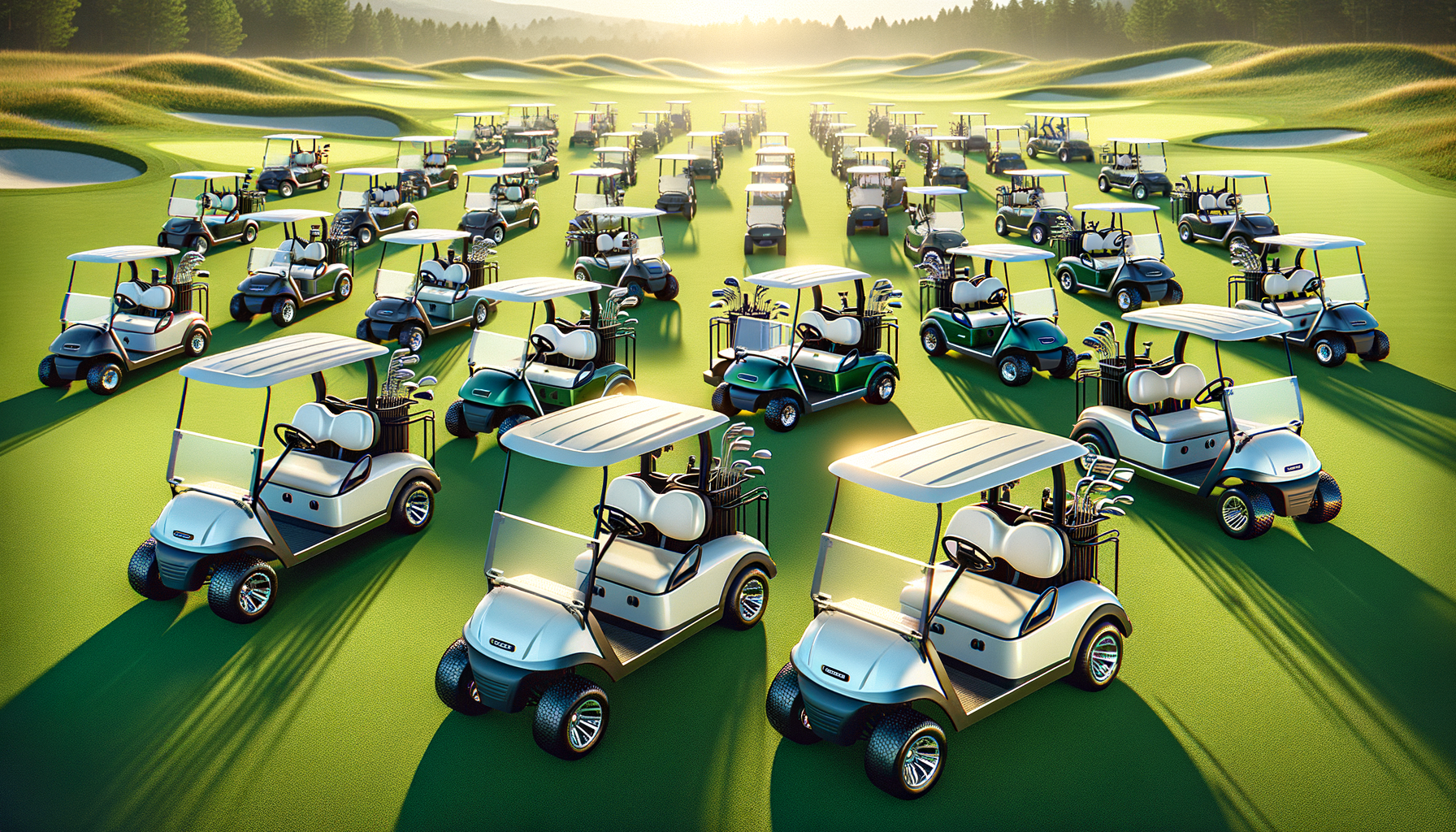The Significance of Outdoor Sculpture
Outdoor sculptures hold a unique position in the world of art and architecture. They are not confined by walls or ceilings, allowing them to interact dynamically with their surroundings. This interaction transforms public spaces, parks, and gardens into vibrant cultural landscapes. These sculptures often serve as focal points in urban design, inviting passersby to pause, reflect, and engage with their environment. The presence of outdoor sculptures can also enhance community identity and pride, as they often reflect local history, culture, or values. Moreover, they contribute to the aesthetic value of a space, providing a visual appeal that can elevate the everyday experience of those who encounter them.
Materials and Techniques in Outdoor Sculpture
The materials used in outdoor sculpture are as varied as the forms they take. Traditional materials such as stone and bronze have been used for centuries due to their durability and timeless appeal. Modern sculptors, however, have expanded their palette to include materials like stainless steel, glass, and even recycled materials. Each material brings its own set of characteristics and challenges. For instance, bronze develops a patina over time, adding a layer of depth and history to the sculpture. In contrast, stainless steel offers a sleek, modern look that reflects the environment around it. Techniques have evolved alongside materials, with artists employing methods ranging from traditional carving to contemporary welding and 3D printing. These innovations allow for greater creativity and expression in the creation of outdoor sculptures.
Famous Outdoor Sculptures Around the World
Throughout history, numerous outdoor sculptures have gained international acclaim, becoming symbols of their respective cities. The Statue of Liberty in New York is not only a symbol of freedom but also a testament to the art of sculpture. In Rio de Janeiro, the Christ the Redeemer statue stands as an iconic representation of faith and artistry. The intricate carvings of the Moai on Easter Island continue to intrigue archaeologists and art lovers alike. Each of these sculptures tells a story, reflecting the cultural and historical context in which they were created. They attract millions of visitors each year, highlighting the power of outdoor sculpture to draw people together and inspire awe.
Integrating Sculpture into Urban Landscapes
Integrating sculptures into urban landscapes requires careful planning and consideration. Urban planners and artists must collaborate to ensure that the sculpture complements its surroundings while maintaining its own distinct identity. Factors such as scale, placement, and interaction with natural elements like light and vegetation are crucial in this process. Successful integration can transform a mundane space into a lively and engaging environment. Sculptures can serve as landmarks, meeting points, or even interactive elements within a city. This integration not only enhances the aesthetic appeal of a city but also encourages public interaction and engagement with art.
The Future of Outdoor Sculpture
The future of outdoor sculpture is bright, with artists continuing to push boundaries and explore new possibilities. Advances in technology, such as augmented reality and interactive installations, are expanding the ways in which the public can engage with sculptures. Environmental consciousness is also influencing the choice of materials and themes, with artists opting for sustainable practices and highlighting ecological issues. As cities grow and evolve, outdoor sculptures will continue to play a vital role in shaping cultural and social landscapes. They will remain a testament to human creativity and a bridge between art and everyday life.






